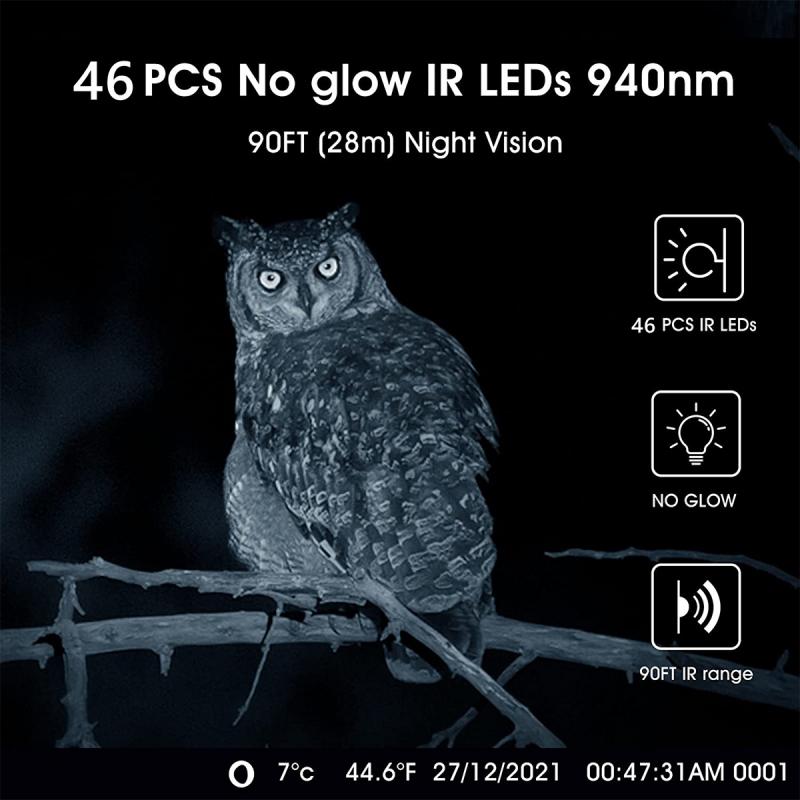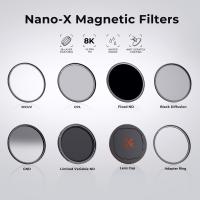Why Aren't Ribosomes Visible Under A Light Microscope ?
Ribosomes are not visible under a light microscope because they are extremely small in size. They have a diameter of about 20 nanometers, which is below the resolution limit of a light microscope. The resolution of a light microscope is typically around 200-300 nanometers, meaning it can only distinguish objects that are at least 200-300 nanometers apart. Since ribosomes are much smaller than this limit, they cannot be resolved and therefore cannot be seen under a light microscope. To visualize ribosomes, more advanced techniques such as electron microscopy or fluorescence microscopy are required.
1、 Size: Ribosomes are too small to be resolved by light microscopy.
Ribosomes are not visible under a light microscope primarily due to their size. Ribosomes are incredibly small organelles, measuring only about 20-30 nanometers in diameter. This size is well below the resolution limit of a light microscope, which typically ranges from 200-300 nanometers. The resolution limit refers to the smallest distance between two points that can be distinguished as separate entities by the microscope.
Light microscopes use visible light to illuminate the sample and magnify the image. However, the wavelength of visible light ranges from 400-700 nanometers, which is much larger than the size of ribosomes. As a result, the light waves cannot interact with the ribosomes at a level that allows them to be visualized.
To overcome this limitation, scientists have developed more advanced microscopy techniques such as electron microscopy. Electron microscopes use a beam of electrons instead of light to illuminate the sample. Electrons have much shorter wavelengths, allowing for higher resolution imaging. With electron microscopy, ribosomes can be visualized in great detail, revealing their structure and organization within cells.
In recent years, advancements in super-resolution microscopy techniques have pushed the limits of light microscopy. These techniques, such as stimulated emission depletion (STED) microscopy and structured illumination microscopy (SIM), can achieve resolutions beyond the diffraction limit of light. However, even with these techniques, the size of ribosomes still poses a challenge for direct visualization using light microscopy.
In conclusion, the small size of ribosomes is the primary reason why they are not visible under a light microscope. While advancements in microscopy techniques have improved resolution, electron microscopy remains the most effective method for visualizing ribosomes and other subcellular structures at the nanoscale.

2、 Resolution: Light microscopes have limited resolution to visualize ribosomes.
Ribosomes are not visible under a light microscope primarily due to the limited resolution of this type of microscope. Resolution refers to the ability of a microscope to distinguish two closely spaced objects as separate entities. The resolution of a light microscope is limited by the wavelength of visible light, which ranges from approximately 400 to 700 nanometers. This means that the smallest distance that can be resolved by a light microscope is around 200 nanometers.
Ribosomes, which are cellular structures responsible for protein synthesis, have a diameter of approximately 20 nanometers. This is significantly smaller than the resolution limit of a light microscope. As a result, ribosomes appear as tiny dots that cannot be resolved as distinct structures under a light microscope.
To visualize ribosomes, scientists have to use more advanced techniques such as electron microscopy. Electron microscopes use a beam of electrons instead of visible light, which has a much shorter wavelength. This allows for much higher resolution imaging, enabling the visualization of ribosomes and other subcellular structures.
It is worth noting that recent advancements in microscopy techniques, such as super-resolution microscopy, have pushed the limits of resolution beyond the diffraction barrier of light. These techniques, such as stimulated emission depletion (STED) microscopy and stochastic optical reconstruction microscopy (STORM), have allowed scientists to visualize structures as small as individual ribosomes using light microscopy. However, these techniques are still relatively new and not as widely accessible as traditional light microscopes.
In conclusion, the limited resolution of light microscopes, due to the wavelength of visible light, prevents the visualization of ribosomes. However, advancements in microscopy techniques are continually pushing the boundaries of resolution, offering new possibilities for studying subcellular structures using light microscopy.

3、 Contrast: Ribosomes lack sufficient contrast for detection under light microscopy.
Ribosomes are not visible under a light microscope primarily due to their lack of sufficient contrast for detection. Light microscopes rely on the interaction of light with the sample to produce an image, and this interaction is based on differences in the refractive index or absorption of light by different components of the sample. However, ribosomes do not possess distinct features that can provide the necessary contrast for visualization.
Ribosomes are small, membrane-less organelles found in the cytoplasm of cells. They are composed of ribosomal RNA (rRNA) and proteins and are responsible for protein synthesis. The size of ribosomes, which are typically around 20-30 nanometers in diameter, is smaller than the wavelength of visible light. This small size makes it difficult for light to interact with ribosomes in a way that produces sufficient contrast for detection.
Moreover, ribosomes lack distinct structural features that can be easily distinguished from the surrounding cytoplasmic components. They are densely packed within the cytoplasm and do not possess any specific pigments or structures that can selectively interact with light. As a result, ribosomes appear as featureless and transparent structures under a light microscope, blending in with the surrounding cytoplasm.
To overcome this limitation, electron microscopy techniques have been developed. Electron microscopes use a beam of electrons instead of light, which has a much shorter wavelength, allowing for higher resolution imaging. With electron microscopy, ribosomes can be visualized in greater detail, revealing their intricate structure and arrangement within the cell.
In conclusion, the lack of sufficient contrast and distinct features in ribosomes prevents their visualization under a light microscope. However, advancements in electron microscopy techniques have provided a means to study ribosomes in greater detail, leading to significant insights into their structure and function.

4、 Staining: Ribosomes do not readily stain with dyes used in light microscopy.
Ribosomes are not visible under a light microscope primarily due to their small size and lack of staining ability. Light microscopes use visible light to illuminate and magnify specimens, but the resolution of these microscopes is limited to around 200 nanometers. Ribosomes, on the other hand, are much smaller, ranging from 20 to 30 nanometers in diameter. This size is below the resolution limit of light microscopes, making them difficult to visualize.
Additionally, ribosomes do not readily stain with dyes used in light microscopy. Staining is a common technique used to enhance the contrast and visibility of cellular structures. However, ribosomes lack the necessary chemical properties to bind with the dyes commonly used in light microscopy. These dyes typically target specific cellular components, such as DNA or proteins, but they do not effectively bind to ribosomes.
Moreover, ribosomes are often found in large numbers within cells, making it challenging to distinguish individual ribosomes using a light microscope. The high density of ribosomes can lead to overlapping images, further hindering their visibility.
To overcome these limitations, scientists have turned to more advanced techniques such as electron microscopy. Electron microscopes use a beam of electrons instead of visible light, allowing for much higher resolution imaging. With electron microscopy, ribosomes can be visualized in greater detail, providing insights into their structure and function.
In recent years, advancements in super-resolution microscopy techniques have also allowed for improved visualization of cellular structures. These techniques surpass the resolution limit of traditional light microscopy, enabling scientists to study ribosomes and other subcellular components with greater precision.
In conclusion, ribosomes are not visible under a light microscope due to their small size and inability to readily stain with dyes used in light microscopy. However, with the advent of electron microscopy and super-resolution techniques, scientists have been able to overcome these limitations and gain a deeper understanding of ribosome structure and function.







































